- Importance of fertilising fruit trees
- 1. Nutrient replenishment
- 2. Increased fruit yield
- 3. Enhanced fruit quality
- 4. Disease resistance
- 5. Overall tree health
- Conventional farming methods for fertilising fruit trees
- 1. Synthetic fertilisers
- 2. Organic matter
- 3. Foliar fertilisers
- 4. Controlled-release fertilisers
- 5. Soil testing
- Organic farming methods for fertilising fruit trees
- 1. Compost
- 2. Manure
- 3. Cover crops
- 4. Mulching
- 5. Organic fertilisers
- 6. Vermicomposting
- Understanding different types of fertilisers
- Inorganic fertilisers
- Organic fertilisers
- Slow-release fertilisers
- Conclusion
- Determining the right dosage of fertilisers
- Soil testing
- Nutrient requirements
- Fruit tree age and size
- Application frequency
- Environmental factors
- Monitoring and adjustment
- Timing and frequency of fertilisation
- Timing
- Frequency
- Monitoring and evaluating the results of fertilisation
- Soil testing
- Plant tissue analysis
- Visual observations
- Yield and fruit quality
- Record keeping
- Consulting with experts
- Question-answer:
- What are the benefits of fertilising fruit trees?
- How often should I fertilise my fruit trees?
- What are some common signs that fruit trees need fertilisation?
- What are the differences between conventional and organic fertilisers for fruit trees?
- Can I fertilise my fruit trees with homemade compost?
- Are there any specific nutrients that fruit trees need?
- Video: All About Fertilizing Mango Trees
When it comes to cultivating fruit trees, proper fertilisation is crucial for their health and productivity. Fertilisers provide essential nutrients that help the trees grow strong and bear abundant fruit. However, there are different options available for fertilising fruit trees, depending on your farming approach – conventional or organic.
In conventional farming, chemical fertilisers are commonly used to supply the necessary nutrients to fruit trees. These fertilisers are usually synthetically produced and contain a precise ratio of nitrogen, phosphorus, and potassium – the primary nutrients required for tree growth. The advantage of using chemical fertilisers is that they are fast-acting and can deliver immediate results. However, excessive use of chemical fertilisers can lead to environmental pollution and harm beneficial organisms in the soil.
On the other hand, organic farming practices rely on natural sources of nutrients to fertilise fruit trees. Organic fertilisers can include compost, manure, and various organic mixtures. These fertilisers not only provide the required nutrients but also improve soil structure, water retention, and promote the growth of beneficial microorganisms. While organic fertilisers may take longer to release nutrients, they offer long-term benefits for the soil and the overall ecosystem. It is important to note that organic farming requires careful monitoring and management of nutrient levels to ensure optimal tree growth.
Regardless of the farming approach, regular soil testing is essential to determine the specific nutrient requirements of fruit trees. This allows farmers to adjust their fertilisation practices and ensure that the trees receive adequate nutrition. Additionally, it is recommended to spread the fertilisers evenly around the tree’s root zone and avoid direct contact with the trunk to prevent any potential damage.
Importance of fertilising fruit trees
Fertilising fruit trees is a crucial aspect of their overall health and productivity. By providing essential nutrients, fertilisers help fruit trees grow strong and bear high-quality fruit. Whether you are a conventional or organic farmer, fertilisation is a key step in ensuring the success of your fruit trees.
1. Nutrient replenishment
Fruit trees require a range of nutrients to grow and thrive. These nutrients, such as nitrogen, phosphorus, and potassium, are necessary for various physiological processes within the trees. Over time, the soil’s nutrient levels can become depleted, making it essential to replenish them through fertilisation.
2. Increased fruit yield
Proper fertilisation can significantly increase the fruit yield of trees. When fruit trees receive the right amount and balance of nutrients, they are more likely to produce a higher quantity of fruit. This is especially important for commercial fruit growers who rely on high yields for profitability.
3. Enhanced fruit quality
Fertilisation not only increases fruit yield but also improves the quality of the fruit produced. Nutrients provided through fertilisation promote healthier fruit development, leading to improved taste, size, color, and overall marketability. Proper fertilisation can help fruit growers produce high-quality, marketable fruit.
4. Disease resistance
Well-nourished fruit trees are generally more resistant to diseases and pests. Fertilisation strengthens the trees, enabling them to withstand various stressors and fight off potential pests and diseases. A healthy tree that receives adequate nutrients is more likely to stay productive and have a longer lifespan.
5. Overall tree health
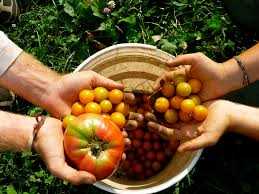
Fertilising fruit trees is essential for their overall health and vigor. By providing the necessary nutrients, fertilisation supports the trees’ growth and development, helping them establish strong root systems and ample foliage. Healthy trees have better chances of surviving harsh weather conditions and recovering from any damages.
Overall, fertilising fruit trees is an integral part of fruit tree management. Proper fertilisation ensures nutrient replenishment, increases fruit yield, enhances fruit quality, supports disease resistance, and maintains overall tree health. When done correctly, fertilisation can significantly contribute to the success and profitability of fruit tree farming.
Conventional farming methods for fertilising fruit trees
Fruit trees require proper nutrient levels in order to grow healthy and produce high-quality fruits. Conventional farming methods provide a range of options for fertilising fruit trees.
1. Synthetic fertilisers
Synthetic fertilisers are commonly used in conventional farming to provide targeted nutrients to fruit trees. These fertilisers are usually composed of nitrogen, phosphorus, and potassium, along with other micronutrients. They can be easily applied to the soil around the base of the tree.
2. Organic matter
In addition to synthetic fertilisers, organic matter can be used to fertilise fruit trees in conventional farming. This can include compost, well-rotted manure, or other organic materials. Organic matter helps improve soil structure, retain moisture, and provide a slow-release source of nutrients for the trees.
3. Foliar fertilisers
Foliar fertilisers are liquid fertilisers that can be sprayed directly on the leaves of fruit trees. These fertilisers are quickly absorbed by the leaves and provide nutrients directly to the tree. They can be a convenient option for providing additional nutrients or correcting specific nutrient deficiencies.
4. Controlled-release fertilisers
Controlled-release fertilisers are granular fertilisers that release nutrients gradually over a period of time. They can be applied to the soil around the base of the tree, providing a continuous source of nutrients. Controlled-release fertilisers are particularly useful for fruit trees that have high nutrient requirements or are grown in poor soil conditions.
5. Soil testing
Regular soil testing is an important practice in conventional farming to determine the nutrient needs of fruit trees. By testing the soil, farmers can identify any nutrient deficiencies or imbalances and adjust their fertilisation practices accordingly. This helps ensure that the trees receive the necessary nutrients for optimal growth and fruit production.
Overall, conventional farming provides a range of options for fertilising fruit trees, including synthetic fertilisers, organic matter, foliar fertilisers, controlled-release fertilisers, and soil testing. With proper fertilisation, fruit trees can thrive and produce bountiful, high-quality fruits.
Organic farming methods for fertilising fruit trees
Organic farming provides an alternative to conventional methods of fertilising fruit trees that rely on synthetic chemicals. Organic fertilisers are derived from natural sources and promote soil health, improve plant growth, and protect the environment. Here are some effective organic farming methods for fertilising fruit trees:
1. Compost
Compost is a nutrient-rich organic material made from decomposed organic waste such as kitchen scraps, yard waste, and manure. It improves soil structure, enriches soil with essential nutrients, and enhances microbial activity, providing a balanced source of nutrition for fruit trees. Apply compost around the base of the tree, avoiding direct contact with the trunk.
2. Manure
Well-rotted manure from herbivores like cows, horses, or poultry is an excellent source of organic nutrients for fruit trees. Manure improves soil fertility, adds organic matter, and releases nutrients slowly over time. Apply manure around the tree, ensuring it is well-mixed with the soil to prevent burning the roots and minimize nutrient runoff.
3. Cover crops
Planting cover crops such as legumes, clover, or vetch between fruit trees helps fix nitrogen in the soil, suppress weed growth, and improve soil structure. These plants help maintain soil moisture, prevent erosion, and provide additional organic matter when they are tilled back into the soil as mulch.
4. Mulching
Applying organic mulch around fruit trees helps retain soil moisture, suppress weed growth, regulate soil temperature, and enhance soil fertility. Mulch can be made from wood chips, straw, leaves, or grass clippings. Apply a layer of mulch around the tree, maintaining a gap around the trunk to prevent moisture buildup and the risk of diseases.
5. Organic fertilisers
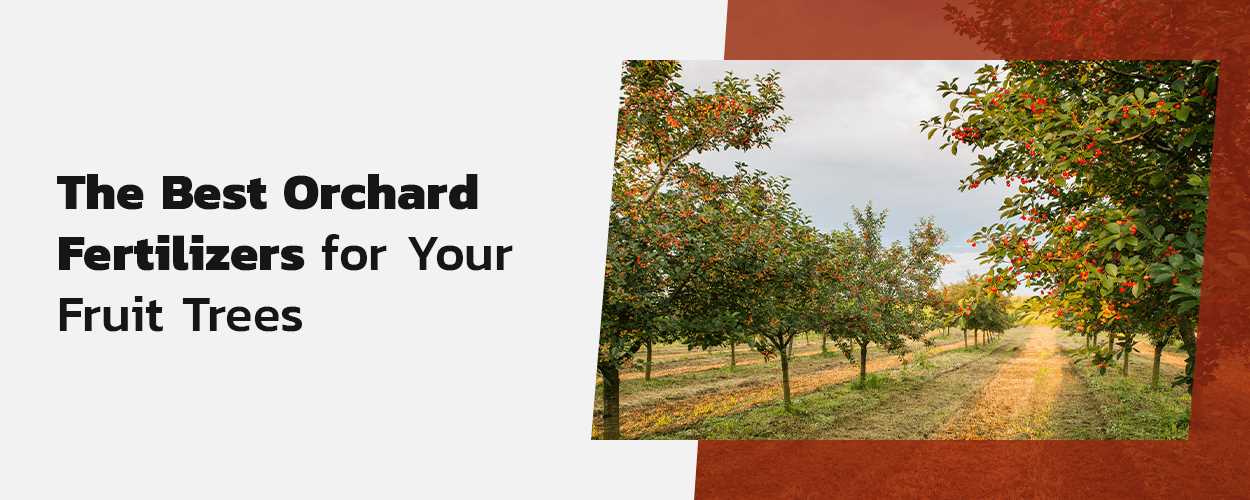
There are various commercially available organic fertilisers specifically formulated for fruit trees. These fertilisers are made from natural ingredients like bone meal, blood meal, fish emulsion, and kelp meal. Follow the manufacturer’s instructions regarding application rates and timing. Organic fertilisers provide slow-release nutrients and promote long-term tree growth and fruit development.
6. Vermicomposting
Vermicomposting involves using earthworms to break down organic waste into nutrient-rich compost. Worm castings, also known as vermicast, are a highly concentrated organic fertiliser rich in minerals and beneficial microorganisms. Apply vermicast around fruit trees to improve soil fertility, enhance nutrient uptake, and stimulate root growth.
These organic farming methods provide sustainable and eco-friendly ways to fertilise fruit trees, promoting healthy growth, higher yields, and improved fruit quality. Incorporating these methods into your fruit tree maintenance routine will benefit both your trees and the environment.
Understanding different types of fertilisers
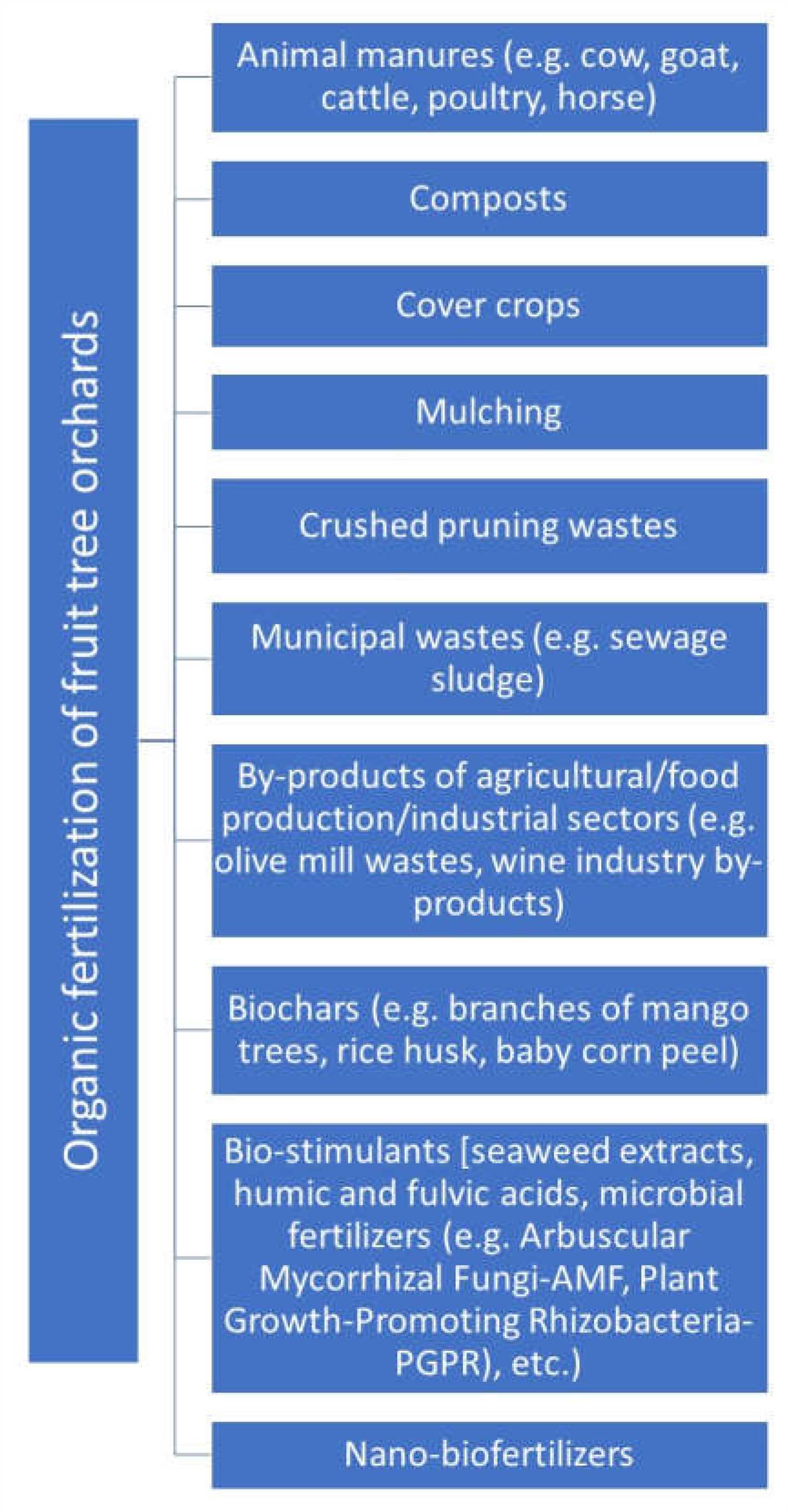
Fertilisers are substances that are added to soil or plants to provide essential nutrients that are necessary for healthy plant growth. There are several different types of fertilisers available, each with their own advantages and disadvantages. Understanding the different types of fertilisers can help you choose the best option for your fruit trees.
Inorganic fertilisers

Inorganic fertilisers, also known as synthetic or chemical fertilisers, are made from mined minerals or produced through chemical processes. They typically contain a specific ratio of nutrients, such as nitrogen (N), phosphorus (P), and potassium (K), which are essential for plant growth.
Advantages:
- Can provide plants with nutrients in a quickly available form
- Can be easily measured and applied in precise amounts
- Often cheaper and more readily available compared to organic fertilisers
Disadvantages:
- Can leach out of the soil quickly, leading to nutrient runoff and water pollution
- May harm beneficial soil organisms
- Can lead to nutrient imbalances if applied incorrectly
Organic fertilisers
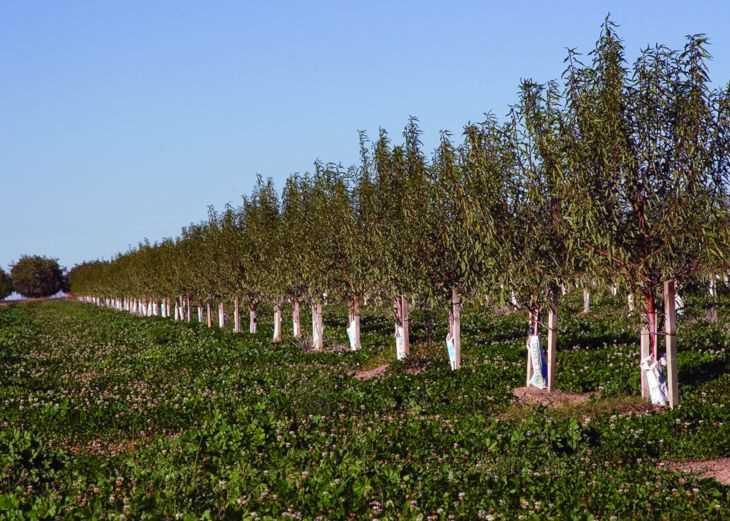
Organic fertilisers are derived from natural sources, such as plants, animals, and minerals. They provide nutrients to plants, but in a slower and more natural release form compared to inorganic fertilisers.
Advantages:
- Improve soil structure and increase water-holding capacity
- Promote the growth of beneficial soil microorganisms
- Reduce the risk of nutrient runoff and water pollution
- Can provide a long-lasting source of nutrients
Disadvantages:
- May be more expensive and less readily available compared to inorganic fertilisers
- Release nutrients slower, which may not meet immediate plant nutrient needs
- Harder to measure and apply in precise amounts
Slow-release fertilisers
Slow-release fertilisers, as the name suggests, release nutrients slowly over an extended period of time. These fertilisers are typically coated or formulated in a way that allows nutrients to be released gradually, providing a continuous supply to plants.
Advantages:
- Reduce the risk of nutrient leaching and wastage
- Provide a steady supply of nutrients to plants over time
- Require less frequent application compared to traditional fertilisers
Disadvantages:
- Can be more expensive compared to traditional fertilisers
- May not provide immediate nutrient availability to plants
- Require proper application to ensure the coating or formulation is not damaged
Conclusion
Choosing the right type of fertiliser for your fruit trees depends on various factors, including your specific needs, budget, and environmental considerations. Inorganic fertilisers provide quick and precise nutrient availability but may have negative impacts on the environment. Organic fertilisers improve soil health and reduce pollution risks, but may be slower in nutrient release. Slow-release fertilisers offer a steady supply of nutrients over time, but may be more expensive. Consider these factors and consult with local experts to make an informed decision.
Determining the right dosage of fertilisers
When it comes to fertilising fruit trees, determining the right dosage is crucial for successful growth and fruit production. Both conventional and organic farming methods require careful consideration of the nutrient needs of the trees. Here are some factors to consider when determining the dosage of fertilisers.
Soil testing
Before applying any fertilisers, it is essential to conduct a soil test to determine the existing nutrient levels and pH of the soil. This information will help determine the specific nutrient deficiencies and adjust the fertiliser dosage accordingly.
Nutrient requirements
Different fruit tree varieties have different nutrient requirements. Research the specific nutrient needs of the fruit tree you are fertilising. This will help you determine the type of fertiliser and the appropriate dosage to meet those requirements.
Fruit tree age and size
The age and size of the fruit tree also play a role in determining the fertiliser dosage. Young trees have different nutrient requirements compared to mature trees. Smaller trees may require less fertiliser compared to larger trees. Adjust the dosage based on the age and size of the fruit tree.
Application frequency
The frequency of fertiliser application also affects the dosage. Follow the recommended application schedule provided by agricultural experts or product manufacturers. Over-application can lead to nutrient imbalances, while under-application can result in nutrient deficiencies.
Environmental factors
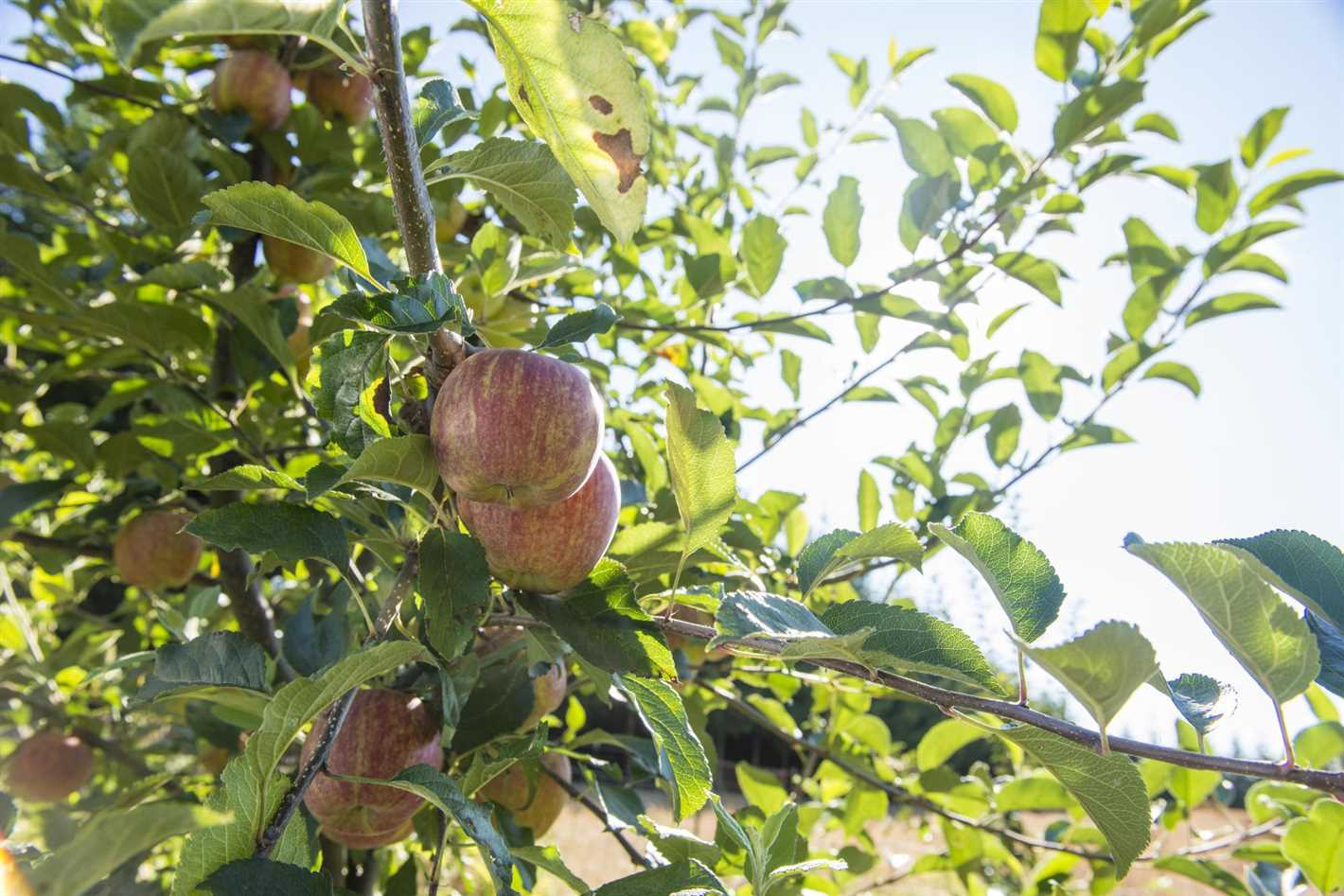
Consider the environmental factors that may affect nutrient absorption and availability. Factors such as temperature, rainfall, and soil moisture can impact the effectiveness of the fertiliser. Adjust the dosage depending on these factors to ensure proper nutrient uptake by the fruit trees.
Monitoring and adjustment
Lastly, regularly monitor the health and growth of the fruit trees. If signs of nutrient deficiency or excess are observed, adjust the fertiliser dosage accordingly. Regular monitoring and adjustment will help maintain optimal nutrient levels and ensure the healthy growth and productivity of the fruit trees.
By considering these factors and adjusting the fertiliser dosage accordingly, you can ensure that your fruit trees receive the right nutrients for optimal growth and fruit production.
Timing and frequency of fertilisation
Fertilising fruit trees at the right time and with the correct frequency is crucial for their healthy growth and optimal fruit production. The timing and frequency of fertilisation depend on various factors, including the type of tree, soil conditions, and climatic conditions.
Timing
The timing of fertilisation is important because it helps provide the necessary nutrients to the trees when they need it the most. For fruit trees, the best time to fertilise is usually in the early spring, just before or during bud break. This is when the trees start actively growing and can best utilize the nutrients.
In some cases, a second round of fertilisation may be necessary in late spring or early summer to provide an extra boost of nutrients during the fruit development stage.
Frequency
The frequency of fertilisation depends on the age of the tree and its nutrient needs. Young fruit trees require more frequent fertilisation compared to mature trees. As a general guideline, young trees should be fertilised every 4-6 weeks during the growing season, while mature trees can be fertilised once or twice a year.
It is important to note that over-fertilisation can be detrimental to the trees as it can lead to excessive vegetative growth, reduced fruit quality, and increased susceptibility to diseases. Therefore, it is recommended to monitor the nutrient levels in the soil and adjust the fertilisation schedule accordingly.
Consulting with a local agricultural extension office or a professional arborist can provide valuable guidance on the specific timing and frequency of fertilisation for fruit trees in your area.
| Tree Age | Fertilisation Frequency |
|---|---|
| Young Trees | Every 4-6 weeks during the growing season |
| Mature Trees | Once or twice a year |
Monitoring and evaluating the results of fertilisation
Monitoring and evaluating the results of fertilisation is crucial in order to assess the effectiveness of the chosen fertiliser and make necessary adjustments to the fertilisation program. There are several key methods that can be used to monitor and evaluate the results of fertilisation:
Soil testing
Regular soil testing is essential to monitor nutrient levels and determine if the soil is lacking any essential nutrients. Soil samples should be taken from various parts of the orchard and analyzed for pH levels and nutrient content. This information can help determine the fertiliser requirements for the fruit trees.
Plant tissue analysis
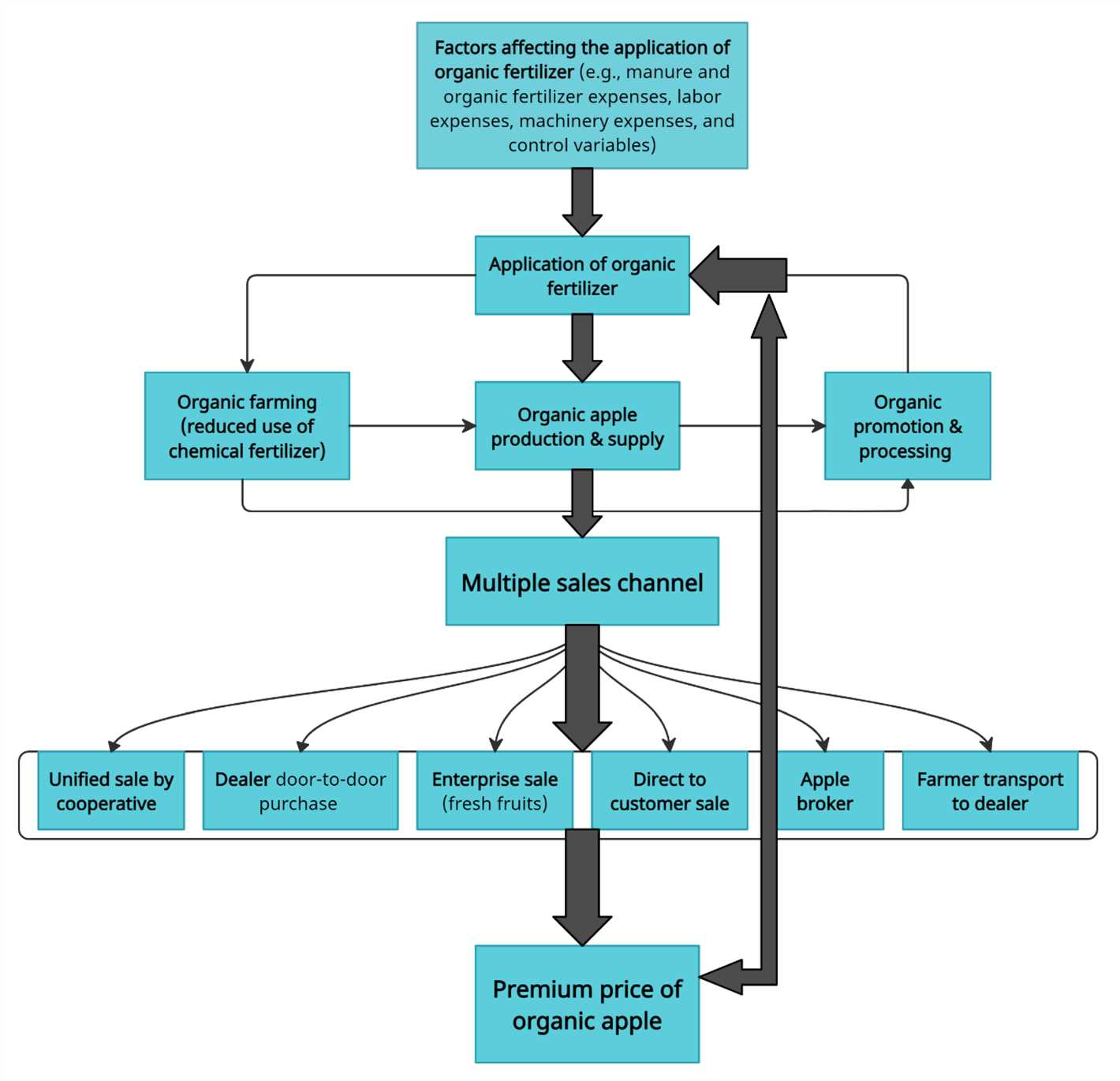
Plant tissue analysis involves testing the nutrient levels in the leaves and other plant tissues. This can provide information on the nutrient status of the fruit trees and identify any deficiencies or excesses. Regular plant tissue analysis can help fine-tune the fertilisation program to ensure optimal nutrient uptake by the fruit trees.
Visual observations

Regular visual observations of the fruit trees can also provide valuable insights into the effectiveness of the fertilisation program. Signs of nutrient deficiencies or excesses, such as yellowing leaves or stunted growth, can indicate the need for adjustments in the fertilisation regimen.
Yield and fruit quality
Monitoring the yield and quality of the fruit is another important method of evaluating the results of fertilisation. Comparing the yields and quality of fruit from trees that received different fertiliser treatments can help determine the most effective fertilisation approach.
Record keeping
Keeping detailed records of the fertilisation program is essential for effective monitoring and evaluation. These records should include information on the type and amount of fertiliser applied, the timing of applications, and any visual observations made. By comparing these records over time, patterns and trends can be identified to guide future fertilisation decisions.
Consulting with experts
Consulting with agricultural experts, such as horticulturists or agronomists, can also provide valuable guidance in monitoring and evaluating the results of fertilisation. These professionals can offer objective advice based on their expertise and help interpret the results of soil tests, plant tissue analysis, and visual observations.
By utilizing these monitoring and evaluation methods, fruit tree growers can fine-tune their fertilisation programs and ensure optimal nutrient management for healthy, productive trees and high-quality fruit.
Question-answer:
What are the benefits of fertilising fruit trees?
Fertilising fruit trees provides them with the essential nutrients they need to grow and produce healthy fruits. It promotes vigorous growth, improves fruit quality, increases yield, and helps trees to resist diseases and pests.
How often should I fertilise my fruit trees?
The frequency of fertilising fruit trees depends on several factors, such as the type of tree, soil conditions, and the age of the tree. As a general rule, it is recommended to fertilise fruit trees once or twice per year. Young trees may require more frequent fertilisation. It is best to test your soil and consult with a local horticulturist for specific recommendations.
What are some common signs that fruit trees need fertilisation?
Some common signs that fruit trees need fertilisation include stunted growth, pale or yellowing leaves, small or misshapen fruits, and a decrease in overall fruit production. However, it is important to note that these symptoms can also be caused by other factors, such as disease or pests. It is best to consult with a professional to determine if fertilisation is needed.
What are the differences between conventional and organic fertilisers for fruit trees?
Conventional fertilisers are typically synthetic and contain high levels of nutrients that are quickly and easily absorbed by plants. Organic fertilisers, on the other hand, are made from natural sources, such as compost or manure, and release nutrients slowly over time. Organic fertilisers promote soil health, improve the structure, and increase microbial activity, while conventional fertilisers provide a quick nutrient boost.
Can I fertilise my fruit trees with homemade compost?
Yes, homemade compost can be a great source of nutrients for fruit trees. Compost is rich in organic matter and beneficial microorganisms that help improve soil fertility and structure. It releases nutrients slowly over time, providing a steady supply of nutrients to the trees. Just make sure the compost is well-aged and properly made to avoid any potential issues.
Are there any specific nutrients that fruit trees need?
Yes, fruit trees require several essential nutrients for optimal growth and fruit production. Some of the key nutrients include nitrogen, phosphorus, potassium, calcium, magnesium, and various trace elements such as iron, manganese, and zinc. It is important to provide these nutrients in the right balance and at the appropriate times to ensure the health and productivity of the trees.







